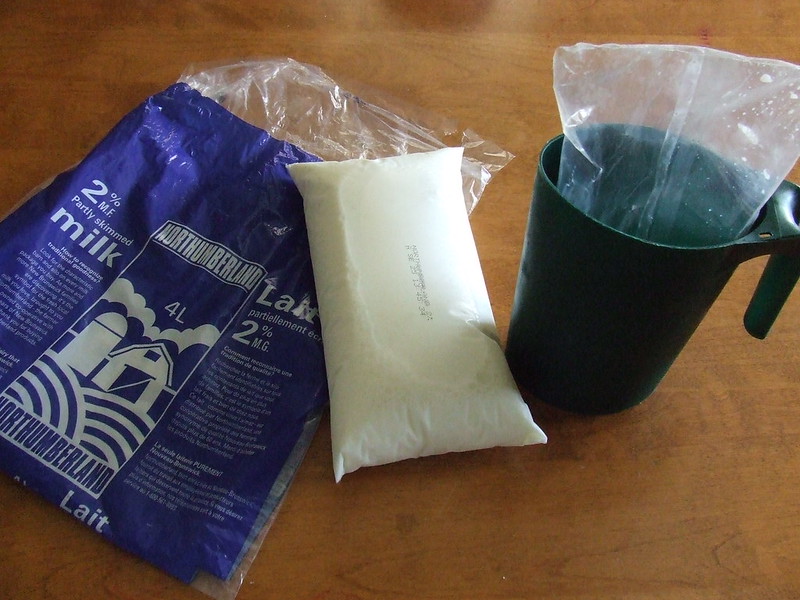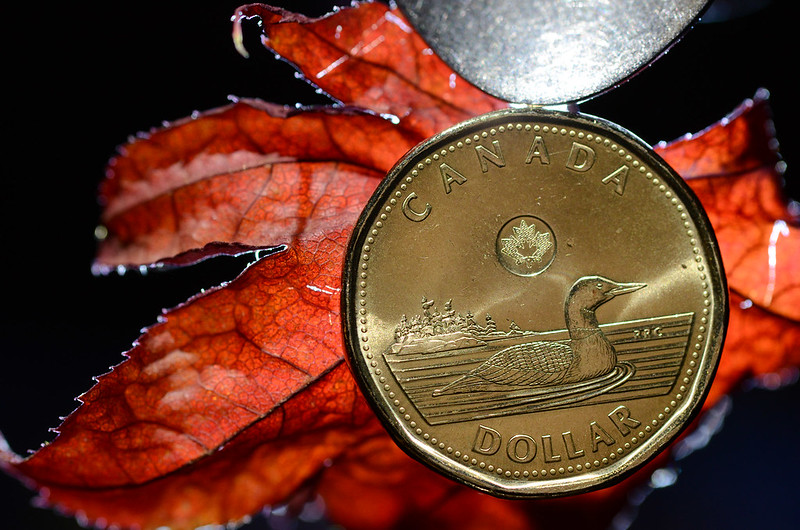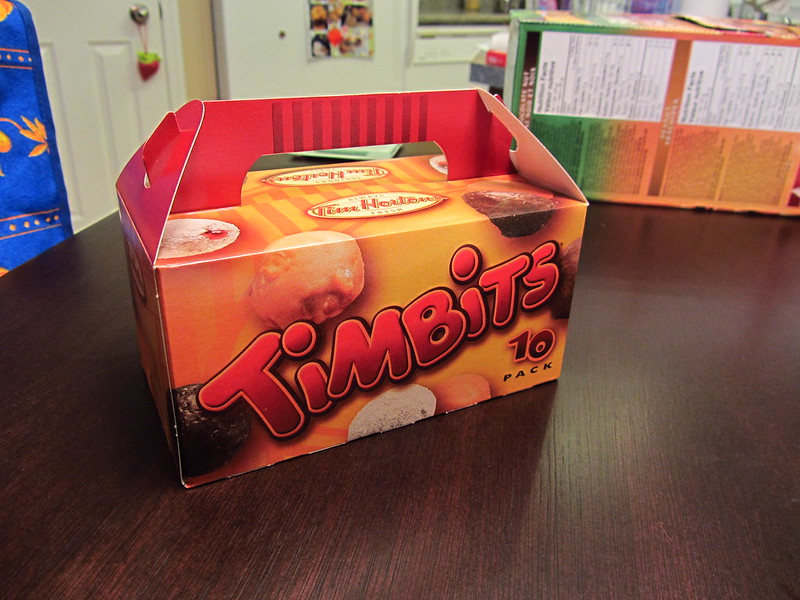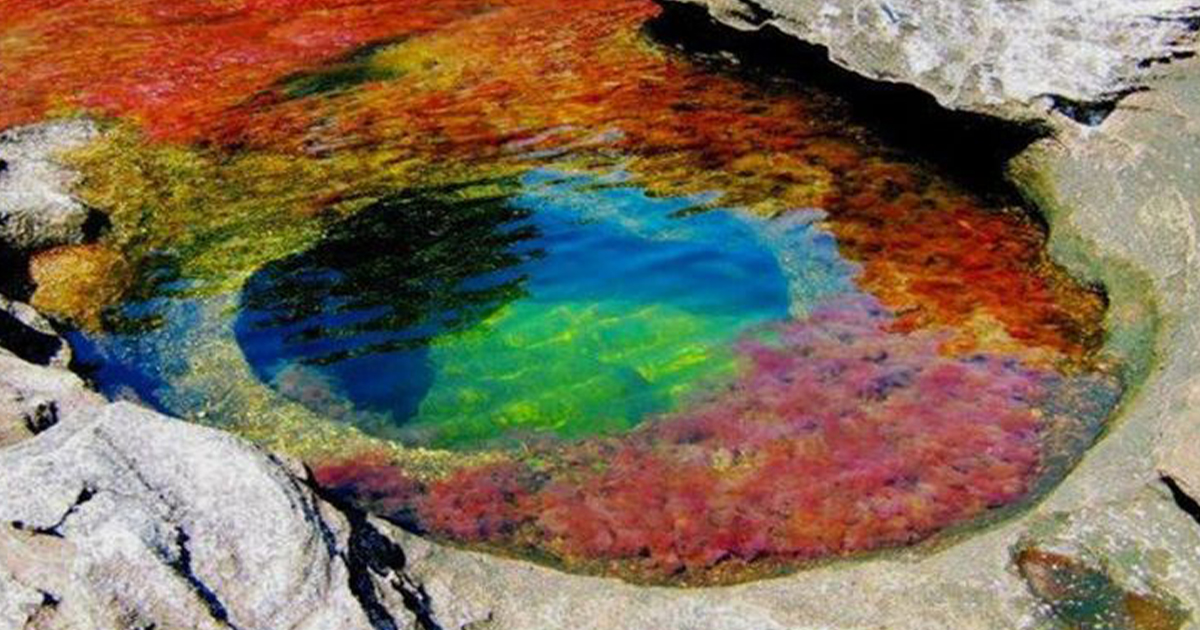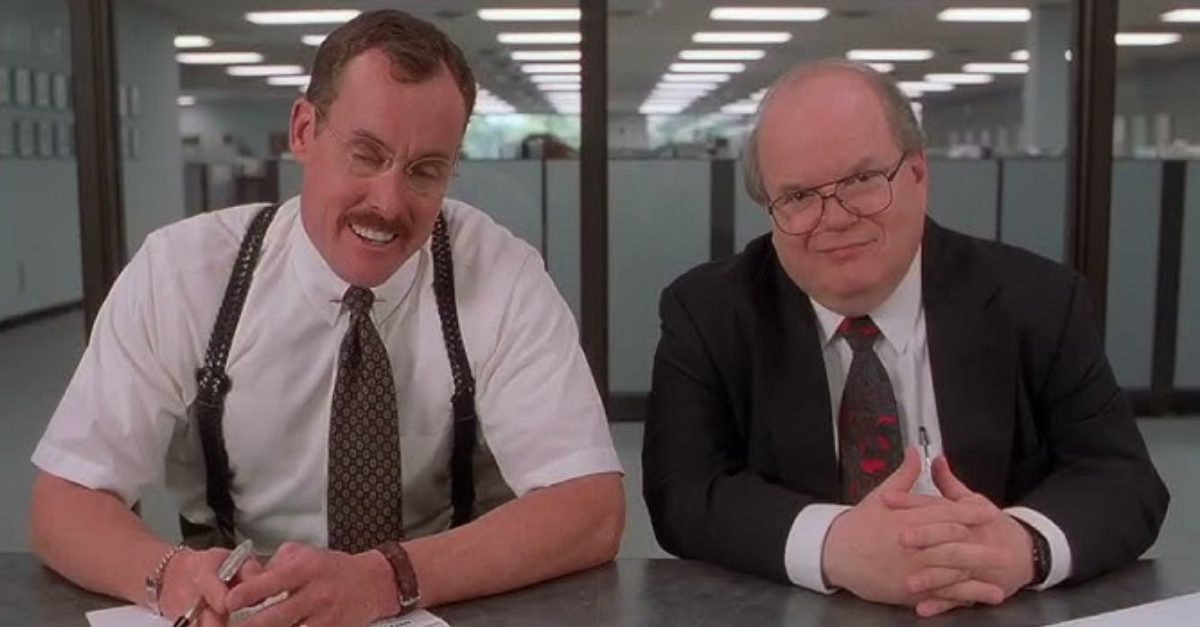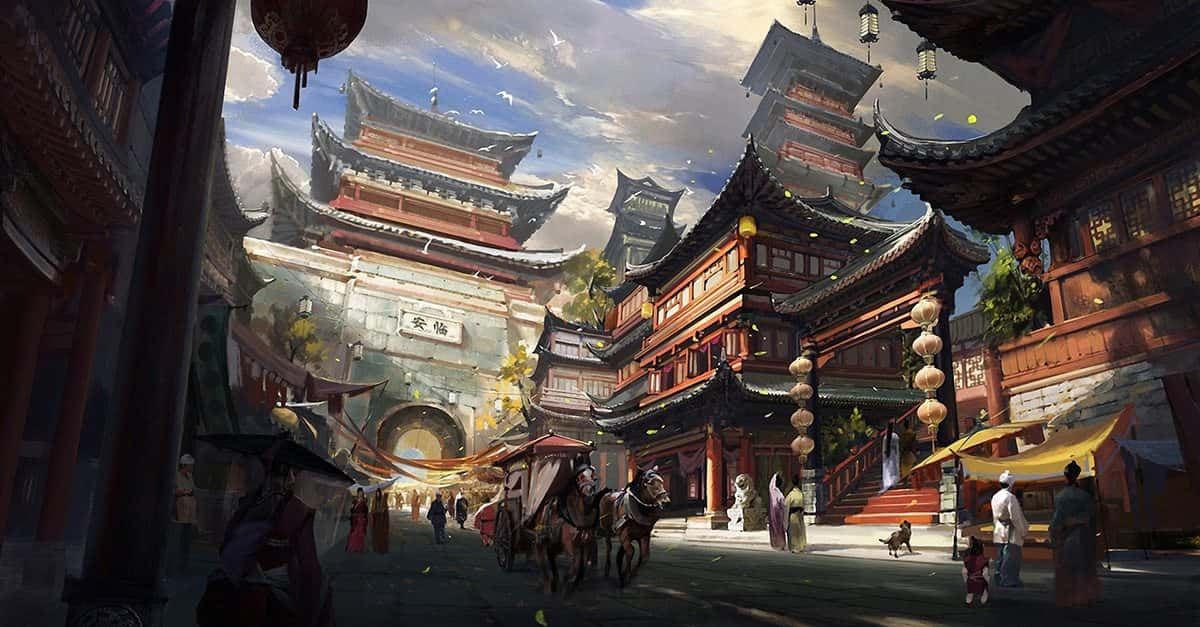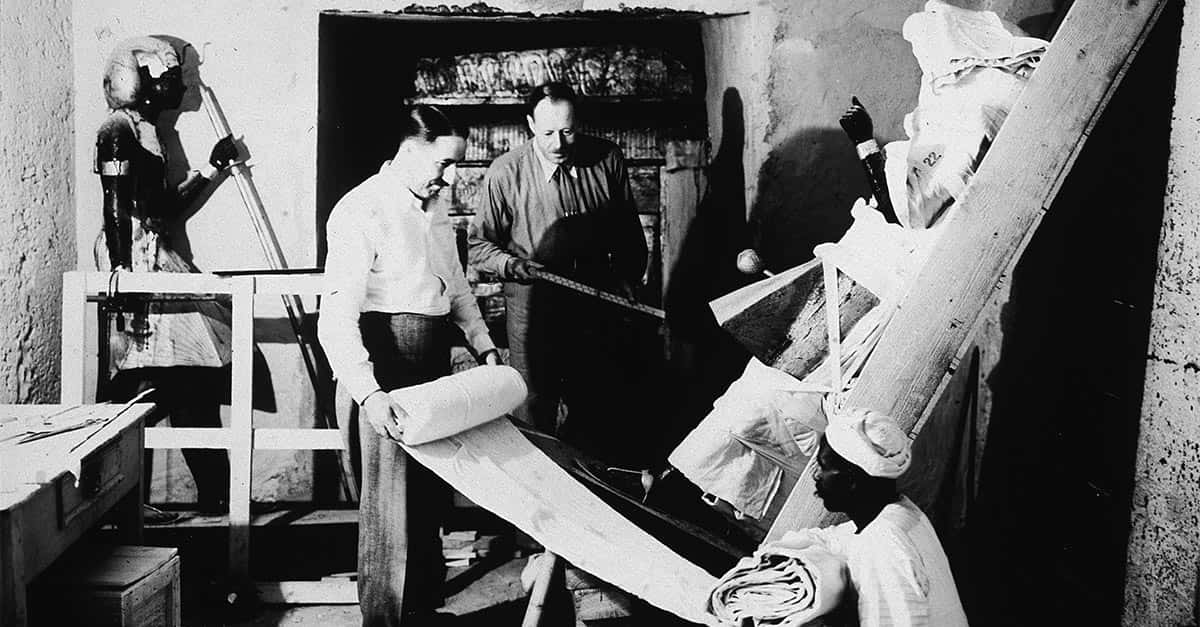Strange Canadian Quirks
Our Canadian neighbors, though not very far, have some seriously strange and intriguing customs and quirks that are vastly different from ours here in America.
Here are 25 of them.

Poutine
Canadians have a favorite dish they call Poutine. It’s fries with cheese curds and gravy on top. The hot gravy melts the cheese into the fries and it’s eaten all together.
Not only is it their favorite comfort food, Canadians also host Poutine Eating Championships.
Poutine: Gourmet Options
You can get a poutine almost anywhere in Canada, and they even have “gourmet” versions where they add other toppings like bacon, pulled pork, onions, tomatoes, hot peppers, and more.
Bagged Milk
In most parts of Canada milk comes in bags rather than cartons or jugs. Consumers can buy 3 individual bags of milk packaged in another larger bag.
They put these bags into specially designed pitchers and cut off the corner of the bag to pour it.
Free Healthcare
Seriously, it’s super easy. Canadian’s simply walk into the doctor’s office, flash their health card, see the doctor and walk out. No payment transactions take place.
This is the same for hospital stays—including giving birth.
Ketchup Flavored Chips
These days there are so many different and weird flavors of potato chips that this might not be so strange anymore.
But for a long time, Americans found it weird how much Canadians love their ketchup flavored chips.
They Round Up
In 2013, Canada stopped distributing pennies. Their lowest coin is the nickel, which is equal to five cents. Businesses simply round up prices to the nearest nickel.
Colorful, Plasticky Cash
Canadian money is made of polymer, it has a clear strip running through one side, and each denomination is a different color (brown, red, green, purple, and blue).
Plastic Money: There’s a Reason
The polymer material actually prevents tearing. The see-through strip has holographic prints that help distinguish real bills from counterfeit bills.
And the colors simply make it easier to recognize each bill.
Scented Cash
In addition to their money being plastic, see-through, and colorful—it is also scented. Yes, you read that right—their $100 bills have an intended maple syrup smell.
Scented Cash: Truth?
Canadian officials claim this isn’t true, but if you ask any Canadian, they’ll assure you they’ve done the sniff test—and it passes.
Coins
Just like their colorful money, Canadians also have weird names for their coins. Their one-dollar coin is called a Loonie, and their two-dollar coin is called a toonie.
Coins: Naming
The Loonie has an image of their national bird, the Loon, on it—which is where it gets its name from. The Toonie was created after the Loonie, and it is a two-dollar coin, so it simply follows suit.
Tim Hortons
Canadians are obsessed with Tim Hortons—a coffee and doughnut shop that is extremely popular all across the country.
Tim Hortons: Menu Items
You can find numerous Tim Hortons shops in every city and town. One of their famous treats is called a “Timbit”, which is a doughnut hole that comes in many different flavors.
And the most popular coffee order is a “double-double”—which is coffee with two creams and two sugars.
KD Obsession
Canadian’s take a love for Kraft Dinner to a whole new level. They don’t often refer to it as Mac and Cheese—even the generic brands are commonly referred to as Kraft Dinner.
In fact, Canadians eat 55% more KD than Americans do.
Weird Spellings
Canadian English is notably different than American English—mostly when it comes to spelling. This is because Canada retains some facets of British spelling.
Weird Spellings: Examples
For example, Canadians keep a “U” in words like “honour” and “colour,” and they often add an extra “L” in words like “travelling.”
They also use the word “zed” to refer to the last letter of the alphabet, instead of “zee.”
Maple Syrup
Another common food obsession is maple syrup. Canadians put it on anything from waffles and pancakes to bacon, eggs, and sausages. Some even put it in their coffee, and on their ice cream.
They also add it to baked goods and various cooking recipes to make things sweeter, in place of sugar.
Maple Syrup: Canadian Reserves
Not only do they put it on everything, they also have a massive reserve of it, with 75% of the world’s maple syrup coming from Quebec, Canada.
Many Canadians who live in the countryside make their own, too.
Weather
In many parts of Canada, you can experience all four seasons in 24 hours. This is more common during spring and fall when seasons are transitioning.
There are some days when kids go to school in snowsuits and come home in t-shirts.
Apologizing
Canada is known for being one of the politest nations in the world. Especially when it comes to apologizing—which they do a lot.
Apologizing: Too Much
In fact, Canadian’s apologize so much that it can actually become annoying—and then they say sorry for saying sorry too much.
They simply can’t help it.
 Pedro Szekely, CC BY-SA 2.0, Wikimedia Commons
Pedro Szekely, CC BY-SA 2.0, Wikimedia Commons
Canadian Slang
Canadian’s have dozens of strange slang terms that we like to call, Canadianisms.
For example, a 12-ounce bottle of booze is called a “mickey”, a one-dollar coin is called a “Loonie”, and a beanie is called a “toque.”
Iceberg Harvests
In Canada, every spring, huge icebergs float from Greenland to Newfoundland and the Canadians dig right in and harvest the ice chunks to use for locally-produced products such as adult beverages and skincare products.
 Shawn from Airdrie, Canada, CC BY-SA 2.0, Wikimedia Commons
Shawn from Airdrie, Canada, CC BY-SA 2.0, Wikimedia Commons
Iceberg Harvests: Skincare
The water is used as a way to take advantage of the fresh water to then produce environmentally-friendly products.
Especially for skincare products—the water from these icebergs is apparently super good for your skin.
Highway Safety
When it comes to animals, Canadian highways are no problem. Canada has built multiple million-dollar overpasses in many of their national parks simply for the animals to safely cross without getting hit by a car.
Highway Safety: Wildlife
Many of Canada’s wildlife—like bears, wolves, coyotes, moose, elk, deer—actually use these overpasses to safely cross the road.
 Christopher Eugene Lee, Flickr
Christopher Eugene Lee, Flickr
Annual Bathtub Races
While bathtub races are not only known to Canada, they sure are popular there. In fact, they have annual traditional races in many parts of the country, with thousands of people in attendance and hundreds of creative competitors.
Bathtub Races: It’s a Serious Thing
These races are not just for fun—they are taken extremely seriously. The Loyal Nanaimo Bathtub Society plans various events year-round in support of the big race.
 Moosealope, CC BY 2.0, Wikimedia Commons
Moosealope, CC BY 2.0, Wikimedia Commons
Bathtub Races: Government Support
In 2023, the Canadian government provided $30 million in one-time grants to support cultural events—which included the annual bathtub races.
High Tolerance to Cold
Canadians have a high tolerance to cold weather. What we Americans think is “freezing cold” is considered “mild” in Canada.
High Tolerance to Cold: Freezing Winter Temps
Canadians are known to wear shorts and t-shirts in any temperature that reaches above zero. This is because their winters are so extremely cold that zero degrees feels like summer after two months of -40F.
You can also see Canadians wearing flipflop sandals right up until the first snow fall.
Maple Syrup Taffy
Canadians make their own taffy by pouring hot maple syrup onto snow (outdoors) and rolling it up with a popsicle stick. The snow stops the hot syrup from cooking and cools it to the consistency of taffy.
 Jaime Walker, CC BY 2.0, Wikimedia Commons
Jaime Walker, CC BY 2.0, Wikimedia Commons
Maple Syrup Taffy: Festivals
This delicious treat can be made anywhere—including their own backyard—but is most popular at their Maple Syrup Festivals. Is there anything more Canadian than that?
National Anthem
The Canadian national anthem is often sung in two different languages—at the same time. Since English and French are both national languages, people learn the anthem in both languages in school from a very young age.
 Chairman of the Joint Chiefs of Staff from Washington D.C, CC BY 2.0, Wikimedia Commons
Chairman of the Joint Chiefs of Staff from Washington D.C, CC BY 2.0, Wikimedia Commons
National Anthem: The Lyrics
In many versions of the anthem, the lyrics will jump back and forth between English and French—and Canadian kids can actually keep up with it!
Santa’s Home
Whether you mail Santa a letter from Turkey or Australia, it ends up in Canada. Santa’s official address at the North Pole—which has Postal Code: HOH OHO—is owned by Canada Post.
Santa: Letters
All of the letters sent to Santa will receive personalized replies (in over 30 languages) written by hundreds of Canadian volunteers who step up to the plate to keep Santa’s magic alive.
Santa: A Canadian Citizen
In fact, in 2010, the Citizenship, Immigration and Multiculturalism Minister declared Santa Claus as a Canadian citizen.
Ice Hotel
Canada has an entire hotel constructed of ice. The Hôtel de Glace in Quebec has an ice slide, an outdoor spa and sauna, and over 30,000 tons of snow and 500 tons of ice making up the building.
Each year, the ice hotel is built brand new—since it melts come summer.
Hockey
As we all know, Canadians are obsessed with hockey. There is always a hockey game on TV to watch, and many Canadians record the games to watch again at later dates.
 s.yume, CC BY 2.0, Wikimedia Commons
s.yume, CC BY 2.0, Wikimedia Commons
Pond Hockey
As well, no Canadian needs a well-manicured arena to play hockey. Pond hockey is a thing, and its rare to find an untouched frozen pond in the winter.
They even have Pond Hockey Championships.
Hockey: Year-round Sport
Canadian children play hockey all year round, on ice and on pavement, and there are various hockey championships across the country.
 Pete, CC BY-SA 2.0, Wikimedia Commons
Pete, CC BY-SA 2.0, Wikimedia Commons
Final Thoughts
Although many people seem to mesh Canada into the U.S., it couldn’t be more different. Canada is such a diverse place full of culture and quirks that truly make them stand out among the rest of North America.




